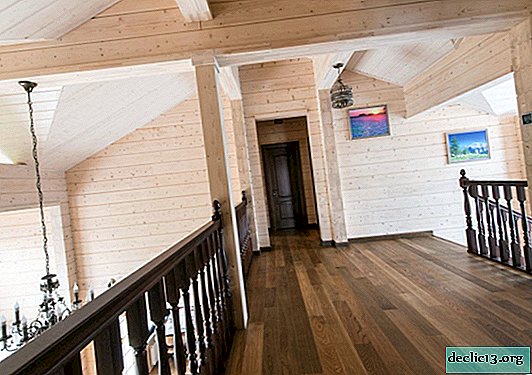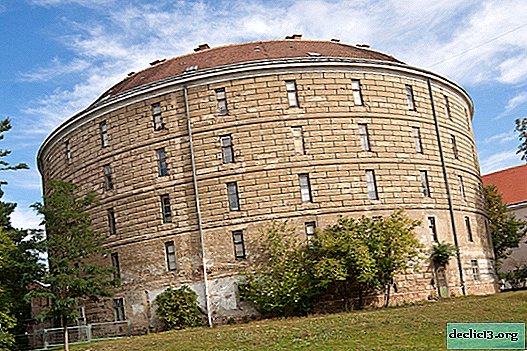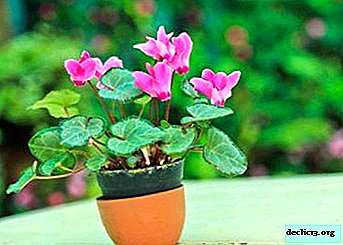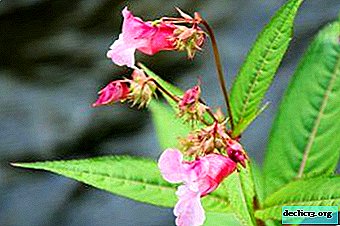Description and features of all types of echinocereus and their photo
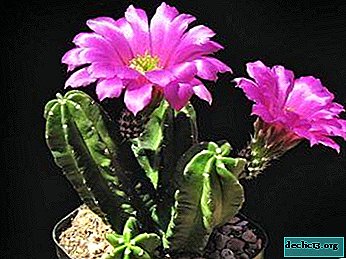
About one hundred species of North American cacti, differing in appearance, can be attributed to the genus Echinocereus (Echinocereus).
The name translates as “Hedgehog Cereus,” since these fruits differ from other ceres in the presence of thorns.
It can be either small-sized plants with a cylinder-shaped stem and combed thorns, or quite large, branching cacti with powerful thorns.
Types of echinocereus are quite different in requirements for care.
All types of echinocereus and photo
Comb (Pectinatus)

Succulents of the cactus family, reaching a height of 15 cm and a diameter of 6 cm. The stem of the plant is cylindrical with low ribs covered with small, bright, radial spines, comb-like adjacent to the surface of the stem. Has a rounded top.
For culture, it is necessary to observe full sunlight, only under these conditions will flowering be complete.Flowering time: April-June. Lilac flower, funnel-shaped, with a wide open corolla, 8 cm in diameter. Petals gradually brighten to the core.
Scarlet (Coccineus)

Numerous and common. The plant can be from 8 to 40 cm in size, the stems are semi-erect, densely covered with thorns or almost completely without them, dark green, 5 cm in diameter. The ribs can be from 8 to 11. The thorns, 7.5 cm long, have no division into central and radial.
Scarlet cactus does not need special conditions for growth and flowering.In adulthood, the plant forms colonies of 50-100 thick stems. The flowers have petals with rounded tips, 8 cm long and 3 cm wide. Pistil stigma with 7 or 8 lobes. The color of the flower can be purple-pink, yellow or red-orange. After flowering, fruits ripen in 2-3 months.
Reichenbach (Reichenbachii)

Latin name: Echinocereus reichenbachii.
Cactus is cylindrical in shape, can have up to 12 shoots. Covered with combed spikes pressed to the body. The stem is erect, simple or branching, up to 25 cm high. The ribs of the plant are from 10 to 19, they are pronounced, narrow, straight or slightly wavy and divided into tubercles.
The plant requires more moisture than desert cacti.We talked about cacti growing in the desert here.
Areolas of elliptical shape, elongated upward, closely spaced to each other. Coated, but as the plants grow older they become bare. Radial spines from 20 to 36, they are thin, straight and stiff, 5-8 mm long. Spikes of adjacent areoles tend to be interwoven. Flowering period: May-June. The flowers are large and numerous, pink or purple (read about pink cacti here).
Three-thorns (Triglochidiatus)

This type of cactus has thick, spherical stems, the diameter of which reaches seven centimeters and a length of thirty. Branches abundantly at the base. The plant has seven ribs, spines are few, powerful, ribbed, 2.5 cm in size. The bunch has up to ten yellowish radial needles and about four darker central needles. Red flowers.
Greenflower (Viridiflorus)

Refers to dwarf plants, with stems in diameter not exceeding 4 cm. Forms small groups, which are formed due to the growth of lateral shoots.
Preparing for wintering, the stems of the cacti of the plant dry out and being in this state can easily tolerate low temperatures.Flowering occurs in spring, plentiful. Numerous flowers have a greenish color. and delicate lemon flavor.
Barren (Subinermis)

Originally from Central Mexico. This species has a spherical stem and 5-8 large ribs. The thorns are very short, yellowish in color, up to 4 mm in size, quickly fall off, and sometimes they are completely absent. Flowering occurs in the summer. Yellow plant flowersup to 9 cm in diameter. During the growth period, the plant needs to be protected from direct sunlight and regular watering.
Sheri (Scheeri)

The plant received its specific name in honor of the flower collector Frederic Sher. The stems are elongated, bare, up to 15 cm long and with 8-10 low ribs, form a bush. The thorns of the plant are short, up to 3 mm, radial and one central, more powerful, dark, up to 1 cm long. Red flowers, open at night, exuding a delicate aroma (there are more materials about cacti with red flowers here).
Hardest (rigidissimus)

In the area of geographical distribution, the species is called the "Arizona cactus hedgehog." A plant with a cylindrical straight stem, with a diameter of 7-10 cm. The flowers of the plant are large, up to 10 cm, pink or purple shades. There are 15-23 radial spines and they are comb-shaped in the areoles, that is, they are slightly bent to the body of the cactus. Central spines are absent. Areas are bristly, golden brown. In this species, thorns are colored in white, pink, brown and often form multi-colored zones on the stem, for this feature the plant was called the “rainbow cactus”.
When keeping a cactus, strict tracking of irrigation is required. The slightest waterlogging leads to the development of root or stem rot.For successful flowering, a dry wintering is necessary. Externally, Echinocereus has some similarities with another representative of the Cactus Echinopsis family.
The variety of echinocereus can be endlessly surprised. They are large and small, prickly and fluffy. They can be in the form of a ball, bush and column. A plant gratefully responding to care will certainly reward the grower with its magnificent abundant flowering.


